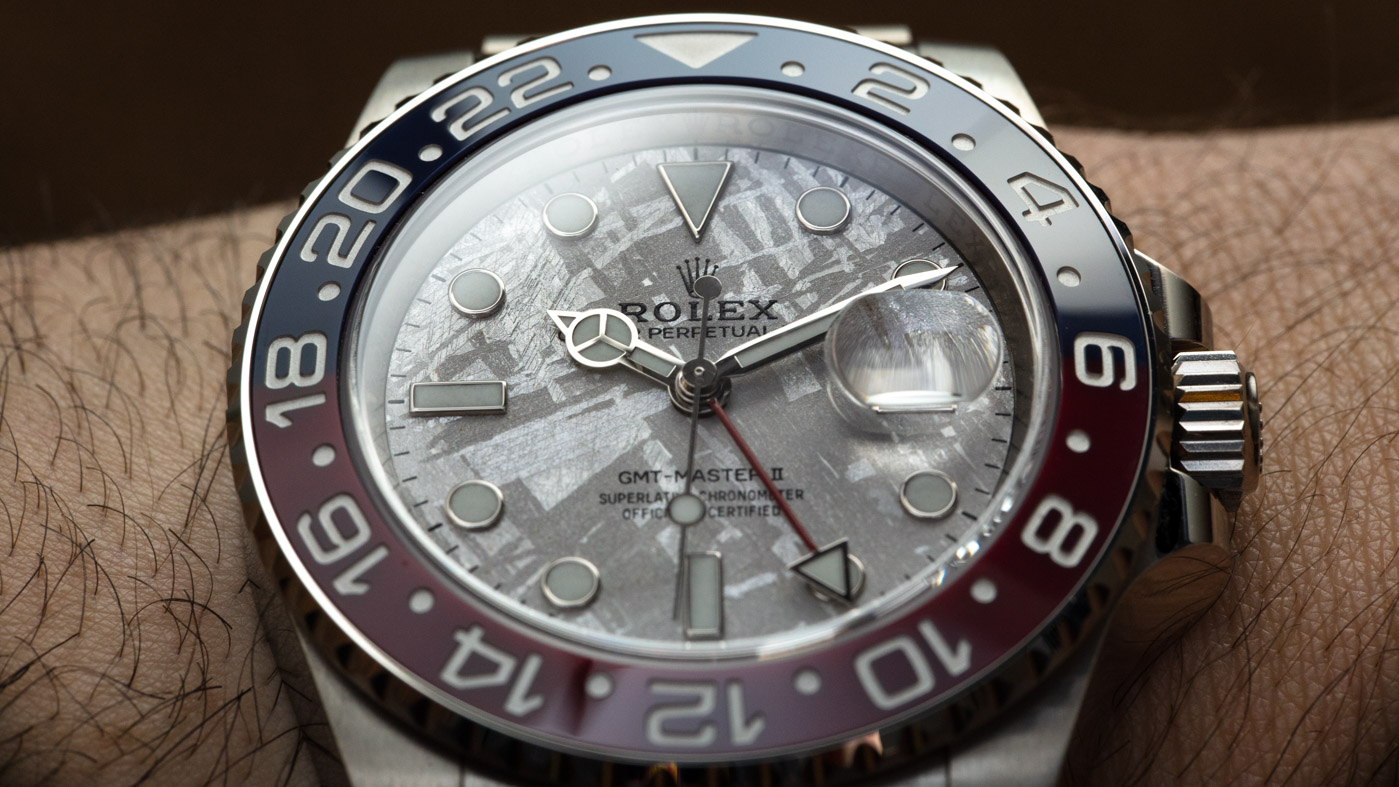
At this moment in time, international travel might seem like a distant memory to many of us. If, however, you’re someone who still spends time in the air, you might be performing a lot of mental math to keep track of what time it is at home.
Or maybe you spend all of your time at a desk, but you’re no stranger to those long-distance video conferences that always pop up at the strangest hours. If you do, you’ve likely accidentally said “good morning” to someone when it’s 9pm at their location or, worse yet, interrupted a colleague with a phone call during dinner.
Either way, as an ABTW reader, by now you’re probably thinking, “These situations call for a GMT watch!” Don’t rush out and buy one, though, as not all GMT watches are created equal. So-called “true” or “traveler’s GMT” watches operate very differently from what is referred to as “office GMT” watches. Some watch aficionados consider them equal, but among others, there is significant debate over which is superior. You might already have a preference, but if you’re not sure how they are different, let’s take a look.
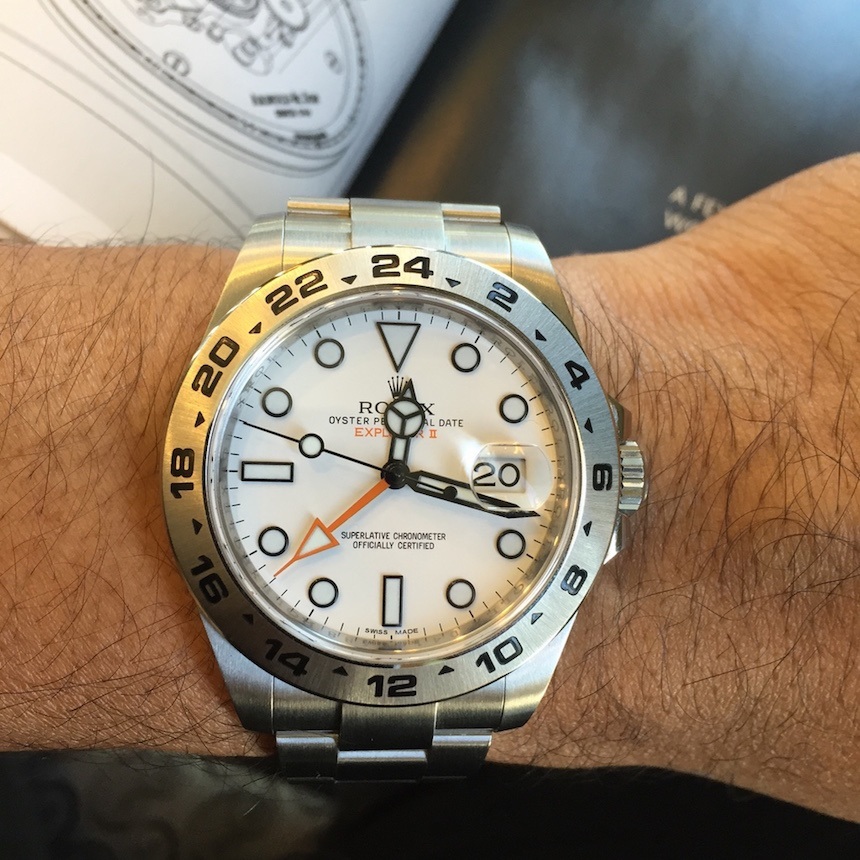
The GMT Watch
Although different names and dial layouts exist for watches that display multiple time zones, the most common (and my preference, due to its legibility) is the style typically referred to as the “GMT” watch. Its name is derived from its original purpose of tracking Greenwich Mean Time. The traditional GMT adds a fourth hand that is usually a different color or shape from the main time-telling hands. It makes one rotation of the dial every 24 hours, allowing the wearer to not only track another time zone but also determine if it is daytime or night. Most people set up their GMT watch so that the “normal” 12-hour hand displays local time, and the 24-hour hand displays that of another location.
The watch that many people consider ubiquitous with the term “GMT” is the Rolex GMT Master. Launched in 1955, it was the official watch of the intercontinental airline Pan American and was worn by the pilots during the final test flights of the Concorde supersonic jet. Since its inception, it has been the watch of choice for pilots and passengers alike.
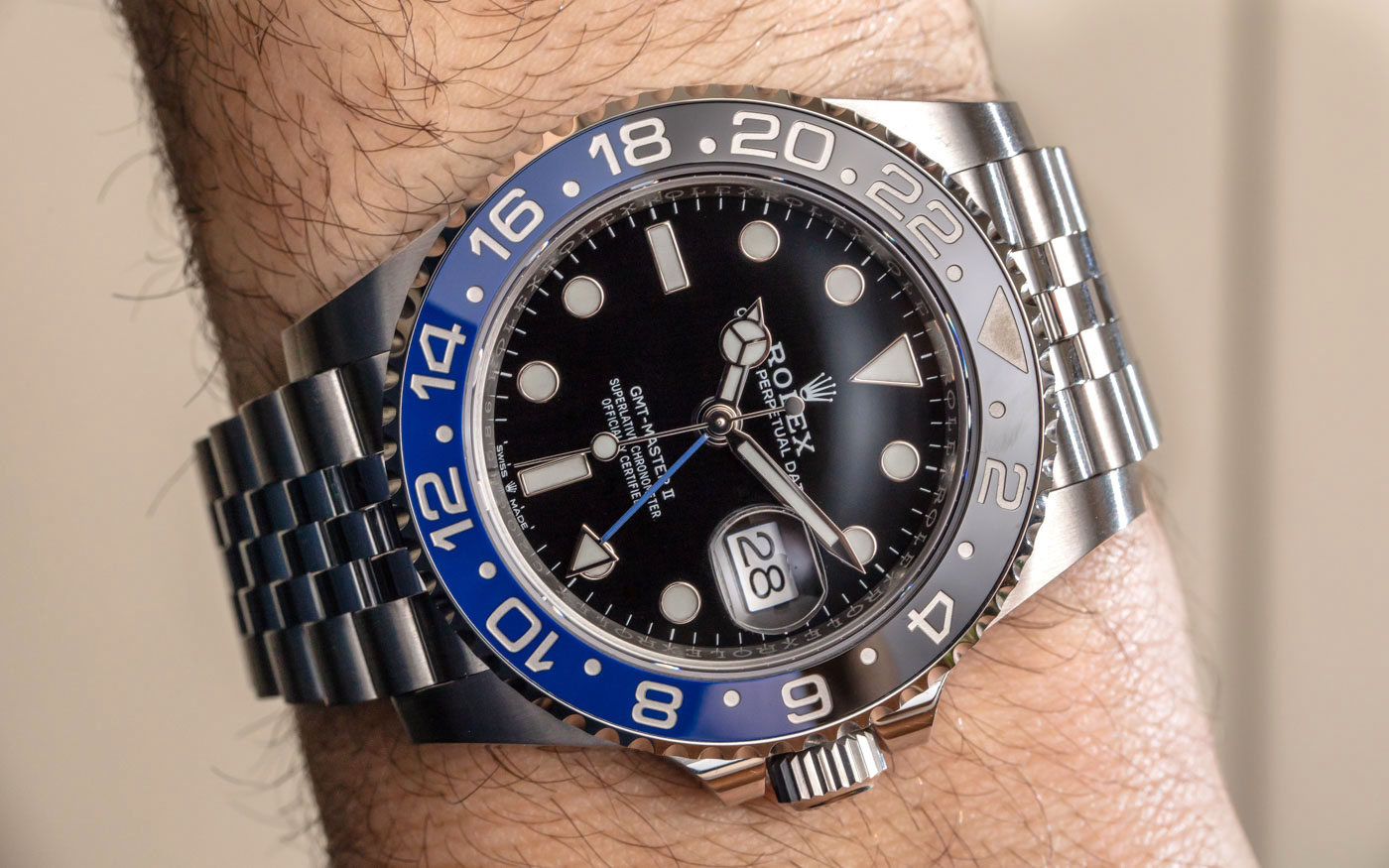
The 24-hour hand on the first GMT Master was slaved to the main hour hand and could not be adjusted separately. In 1982, Rolex introduced the GMT Master II. The appearance was similar to the original, but it featured a true traveler’s GMT movement that allowed independent adjustment of the 12-hour hand. (This type of movement was also later applied by Rolex to the Explorer II.)
The Traveler’s GMT
As mentioned, GMT movements that allow the local time display to be quickly adjusted are typically referred to as “traveler’s GMT” watches.
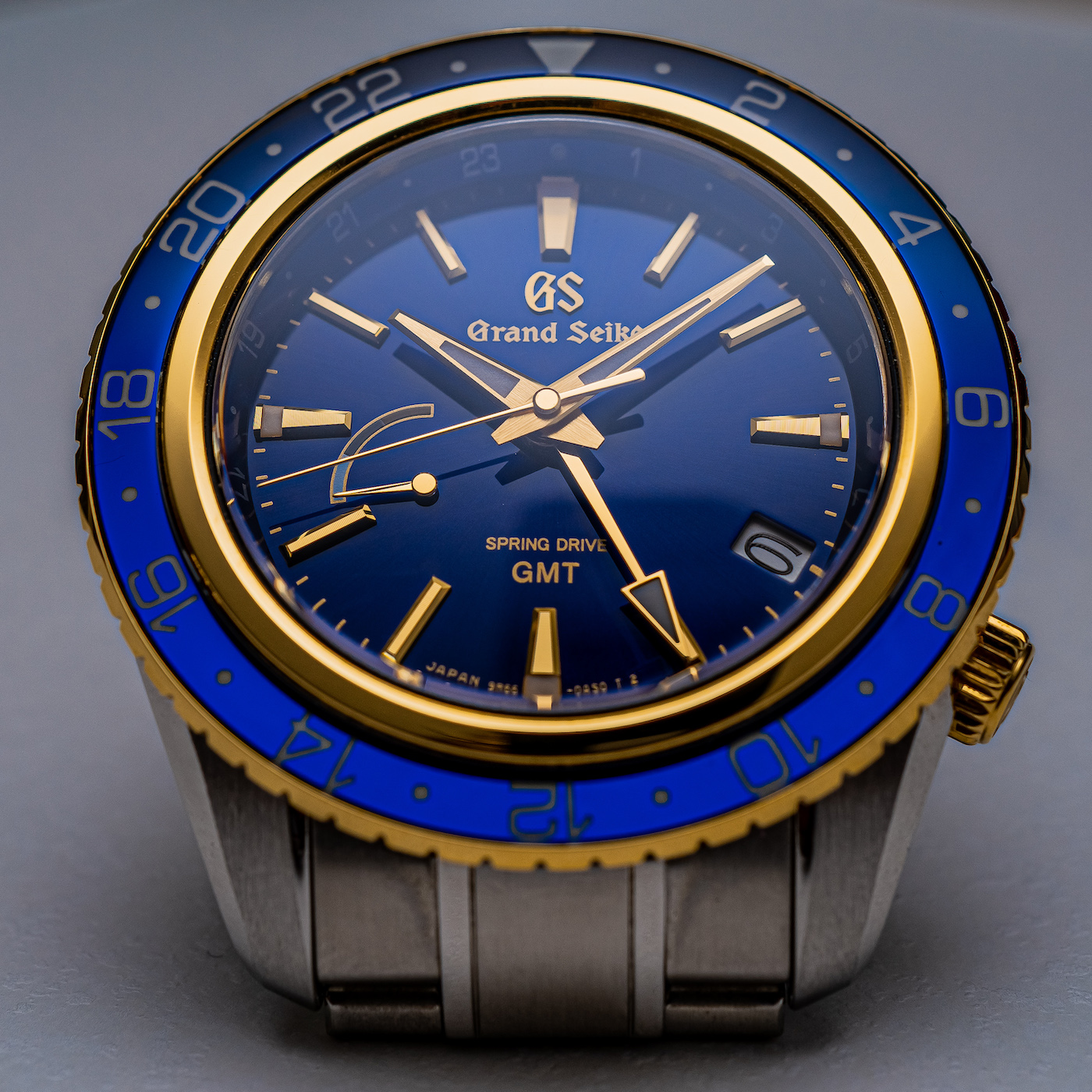
On a traveler’s GMT, the main 12-hour hand can be jumped forward or backward in 1-hour increments, usually via the crown pulled out one click. In addition to Rolex (and sister brand Tudor), Omega, Grand Seiko and others make this type of movement.
The benefit of the traveler configuration is that upon departure, or after arrival at your destination, you can quickly and conveniently set the watch to your new local time with a few turns of the crown. This can all be done without disturbing the timekeeping of your home time zone, which is why it is often preferred by travelers. These movements also adjust the date in either direction when the local time crosses midnight, meaning that you don’t have to perform a separate task when crossing over midnight.
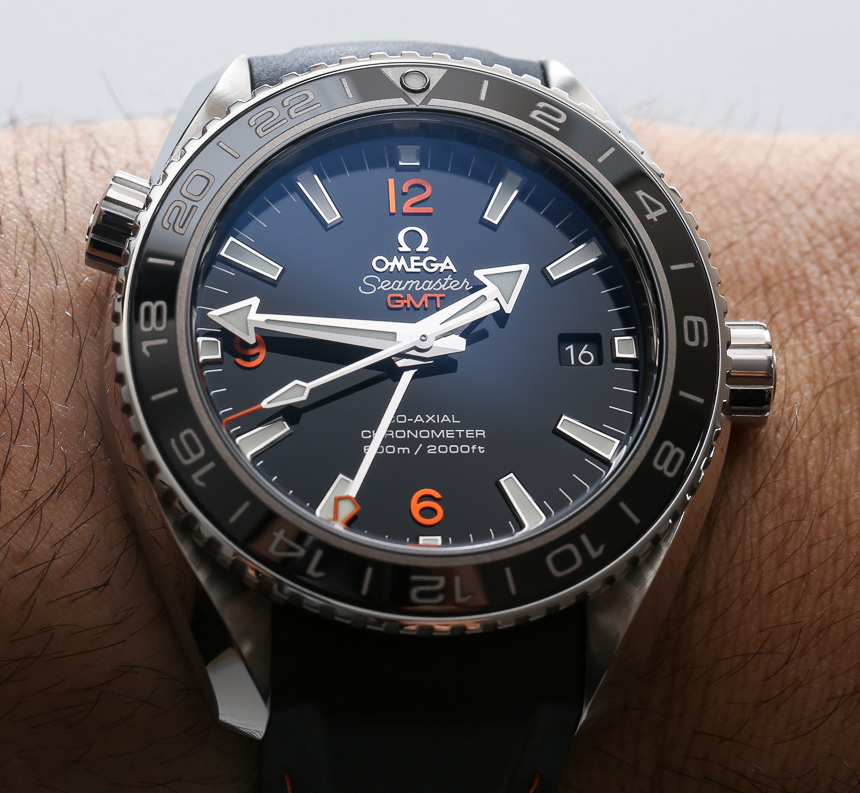
If you’re reading this from the VIP lounge of your favorite airline, this might be sounding pretty great right about now. Just be aware that there are a few drawbacks. This complication can be more difficult to produce, which means that watches built with it are usually on the expensive side. They also typically don’t have a quickset date, meaning that advancing the date at the end of a short month, or after a period of non-wear, requires rotating the local hour hand twice around the dial. Finally, the entire watch needs to be reset if you need to track a second time zone from home base.
The Office GMT
As the nickname suggests, these watches tend to be more convenient for wearers that stay in one place. Although they look the same from the dial side, the operation of adjusting the time is quite different from the traveler’s GMT. On the office GMT, the 24-hour hand is the one that is jumped in one-hour increments. Typically, the 24-hour hand can only be adjusted forward, but this means that these movements retain the ability to quickset the date by turning the crown in the other direction.
Have a call with Tokyo tonight, and you’re in New York? Jump the 24 hour hand ahead 13 times, and you’re ready before you can say “Konbanwa.”

The other benefit of this type is that they are more common, and can be less expensive than a traveler’s GMT. One of the most common movements to offer this functionality is the ETA 2893, which can be found in a sub-$900 Zelos. It is no slouch of a movement, however, and is also built into watches like a nearly $6,000 Bremont.

Many travelers don’t prefer office GMT movements because adjusting the local time requires resetting the entire watch. Additionally, if you travel East across the international dateline (such as when traveling from Asia to the United States), it is possible that you will have to advance the date ahead by 30 days to correct the watch upon arrival. At least it has that quickset!
Choosing a GMT Watch
By now, you’ve probably identified which type of GMT movement is better for your lifestyle. Don’t feel locked into one style or the other, though.
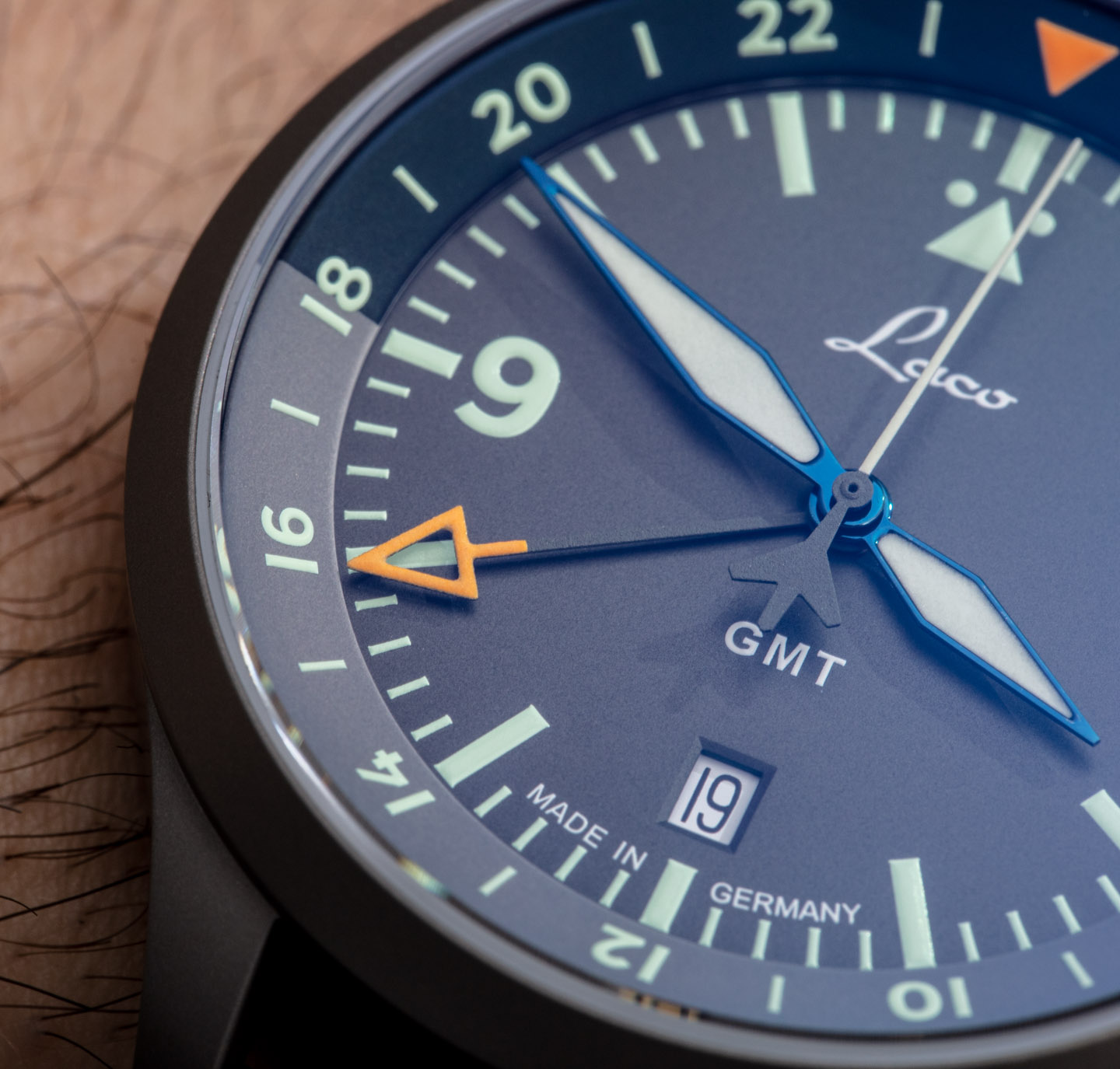
If you’ve just achieved Diamond status (again!), but you only typically traverse a few time zones, an office GMT is still fairly easy to adjust. Opening yourself up to watches with those movements means that you’ll find many more affordable options when selecting a watch.
On the other hand (pun intended), maybe you’re the proverbial desk diver, but you prefer a watch with a more satisfying complication. Searching for the perfect traveler’s GMT might be worth it.
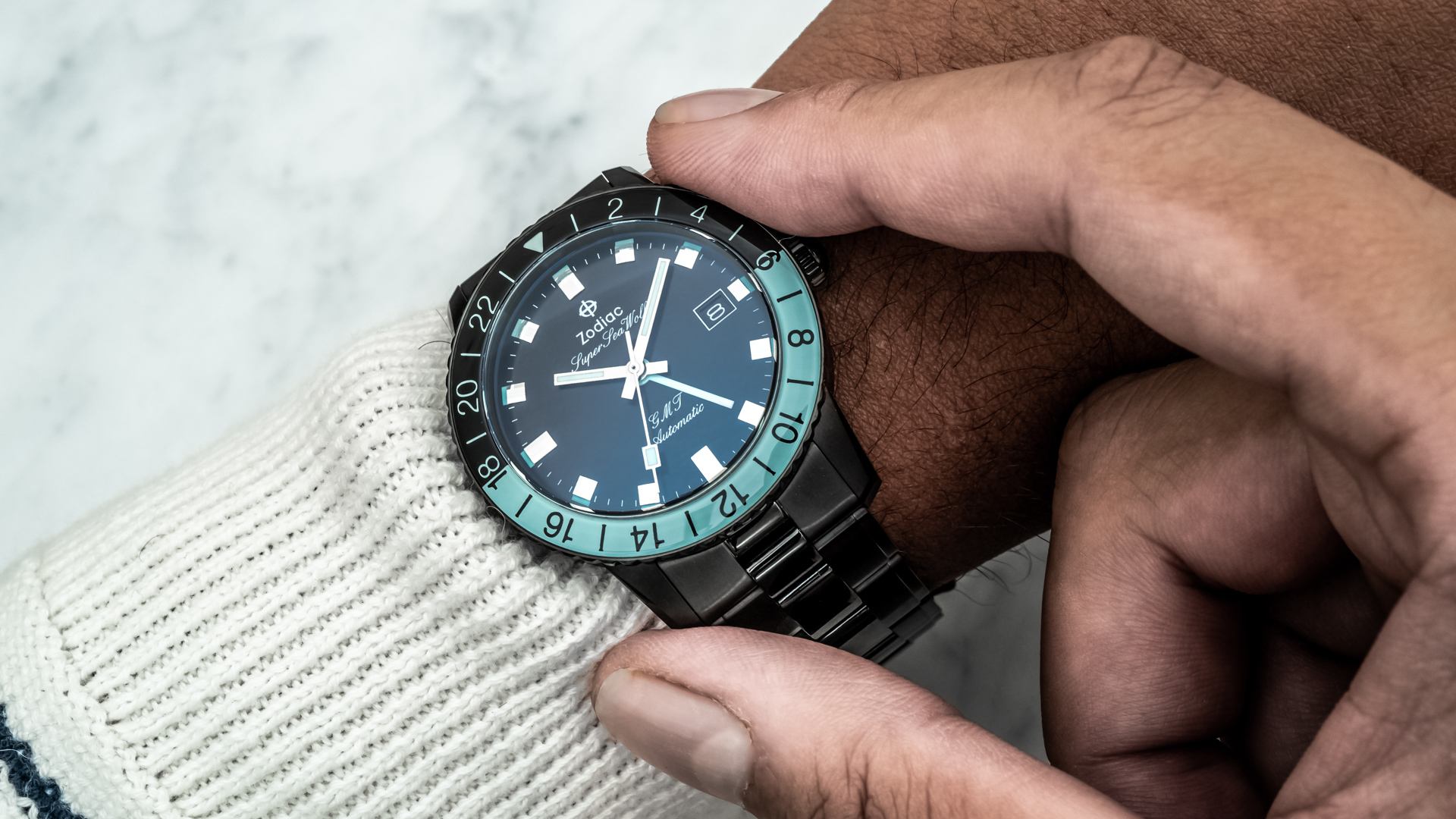
I’ve found that traveler’s GMT watches that have a rotating 24-hour bezel can offer the best of both worlds. They are perfect for travel but can also be useful when I’m at home, but communicating abroad. I keep the 24-hour hand in the home position and then rotate the bezel to show the time in another time zone without adjusting the watch itself.
What is your favorite GMT watch, and how does it adjust for a second time zone? When flying, I’ve developed a superstitious habit of adjusting the time the moment that the plane’s tires leave the ground (as if it will jinx the flight from taking off it I do it earlier). Do you have a GMT routine that you stick to? We look forward to hearing from you in the comments.

